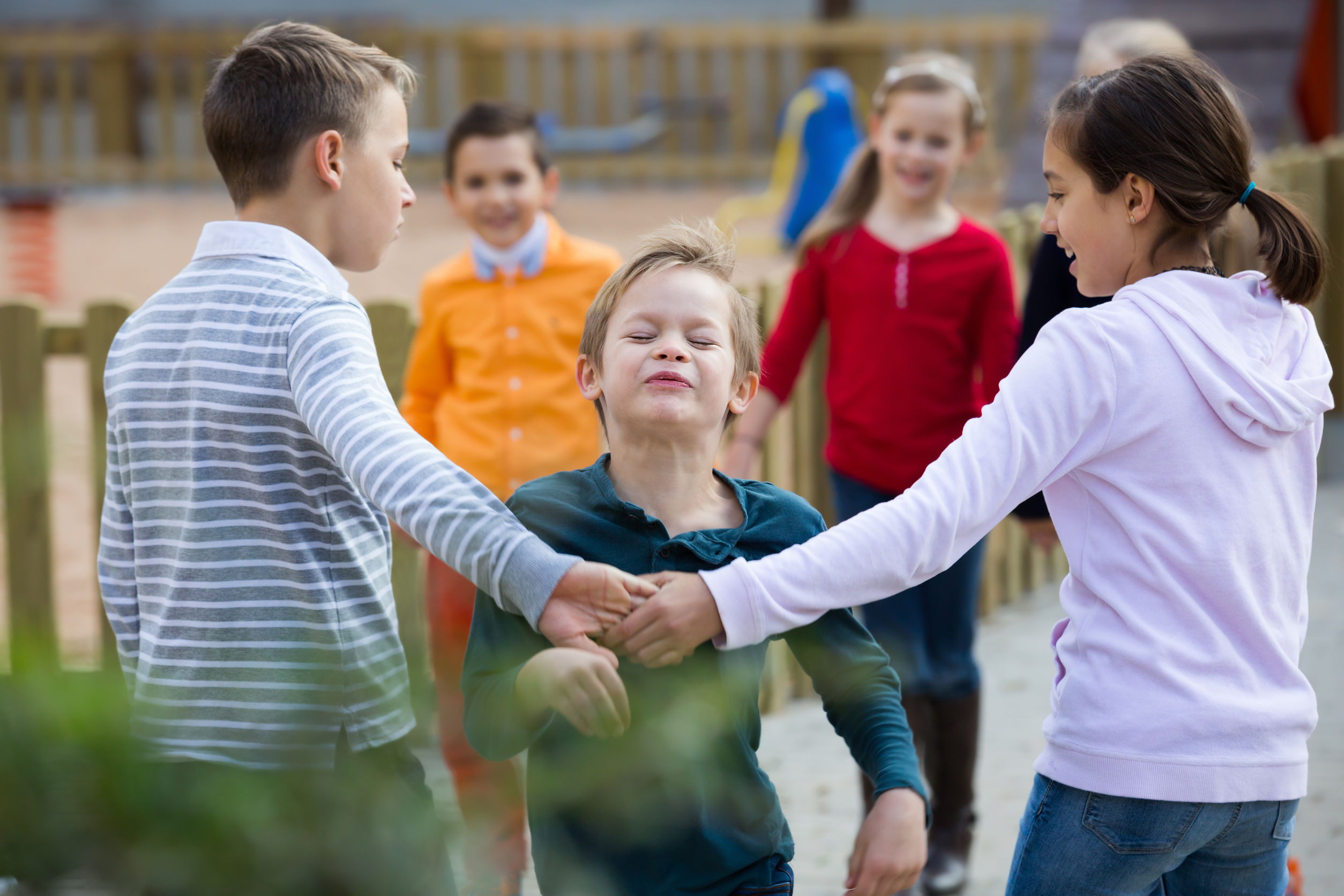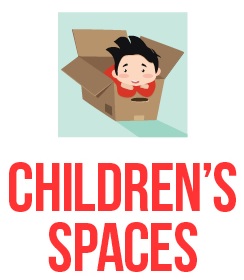
 By Rebecca Calbert, AIA, LEED AP, NCARB
By Rebecca Calbert, AIA, LEED AP, NCARB
I have something to confess: My first church memories were not of bible stories, or of the nice minister who would bend down to shake my hand after services. My earliest childhood memory of church was playing the game, Red Rover.
Do you remember it? Red rover, red rover, send Rebecca right over? It was in Jacksonville, Fla., in the springtime, and I couldn’t have been more than 4 or 5. I was a shy child — the youngest of five — and I barely spoke to people, period.
As was the usual routine, just before the minister was about to begin his sermon, he invited the children in the congregation to have children’s services separately so as to not get bored and fidgety during the sermon. Usually, I stayed behind with the adults. I would quietly sit by my mother and make designs in the soft suede of her purse.
Your playground’s spring maintenance checklist
- Vandalism
- Loose bolts
- Loose anchoring
- Insect damage
- Rusted metals
- Rotting wood
- Cracks in plastic
- Broken glass & trash
- Wood splitting & splinters
- Washed-away fall surfacing
- Loose, damaged or missing parts
- Sharp corners, points or edges
- Peeling, cracking or chipping paint.
- Areas of entrapment (>3-1/2 inches but <9 inches diameter)
 But on this day — the day I remember most — I went with the other children. I can’t really say what it was that made me go that day. Maybe it was the promise of playing outside, or maybe it was the warm smile of another child getting up to go with the Youth Leaders. I remember there was a lesson first, followed by a snack of orange slices. Decades have blurred my memory about what the bible lesson was that morning, but I can tell you what I really learned that day. I learned the joy of acceptance by strangers, friendship by children, and the gentle inclusion into a community that I have always held dear to my heart.
But on this day — the day I remember most — I went with the other children. I can’t really say what it was that made me go that day. Maybe it was the promise of playing outside, or maybe it was the warm smile of another child getting up to go with the Youth Leaders. I remember there was a lesson first, followed by a snack of orange slices. Decades have blurred my memory about what the bible lesson was that morning, but I can tell you what I really learned that day. I learned the joy of acceptance by strangers, friendship by children, and the gentle inclusion into a community that I have always held dear to my heart.
I fell in love with my church community that morning. There, under the moss-covered oak trees playing Red Rover, I felt a sense of belonging that has never left me.
A change of scenery will do everyone good
Classroom activities, such as crafts, music and coloring that relate to each week’s church lesson is an easy way to emphasize and repeat the information. But if you want to raise the bar on your youth ministries lesson planning and inclusion, take the kids outside. A quiet group of children who don’t see each other on a regular basis might not be very open and interactive with each other. Going outside and having games to play can help make visiting children feel at ease and can bring shy kids out of their shells. Playing outside is a great social equalizer that encourages interaction of all types.

A generation ago, warm weather meant children playing outdoors for long periods of time. They built forts, climbed trees, and jumped off rocks. Today, children’s fading engagement in outdoor pla
y is largely influenced by parental and society safety concerns. To alleviate these concerns, create a safe outdoor play space that parents feel comfortable with. Include the following safety measures to keep your outdoor play space safe and sound.
- Separate each major age group — toddlers, preschool, school-aged. This will keep the younger children safe from having older children accidentally run into and trip over them.
- Include tall fencing (preferably 6-feet tall) that would be difficult to climb. Having a taller fence will prevent the ability for an adult to reach over and lift a child out of the playground. Having a fence that is difficult to climb will prevent children from both climbing out and falling off the fence.
- Safety fall zones under play equipment are areas that extend 6 feet away from the play equipment. These fall zones should have 2-inch-thick impact padding, 6-inches-thick of rubber mulch, or 9-inches-thick of sand, pea gravel and wood mulch.
- Arrange the playground equipment so that all areas of the playground are easily visible for parents, teachers and staff to supervise. If you wrap a playground around the corner of your building, separate the two sides so that children cannot run around the corner out of eye sight from supervising adults.
- Leave an open area for organized games. Having open running space for games within the same fenced area protects children and offers the freedom to organize small and large group games and contests.
- Keep a hose and hose bib nearby. A hose is handy for both rinsing off kids hands and rinsing off sidewalks and playground equipment as needed.
Rebecca Calbert, AIA, LEED AP, NCARB is the Owner and Principal Architect at Calbert Design Group, LLC in Kennesaw, Ga. With 30 years of professional experience, Calbert has worked with various award-winning architectural firms in the Metro Atlanta area.


